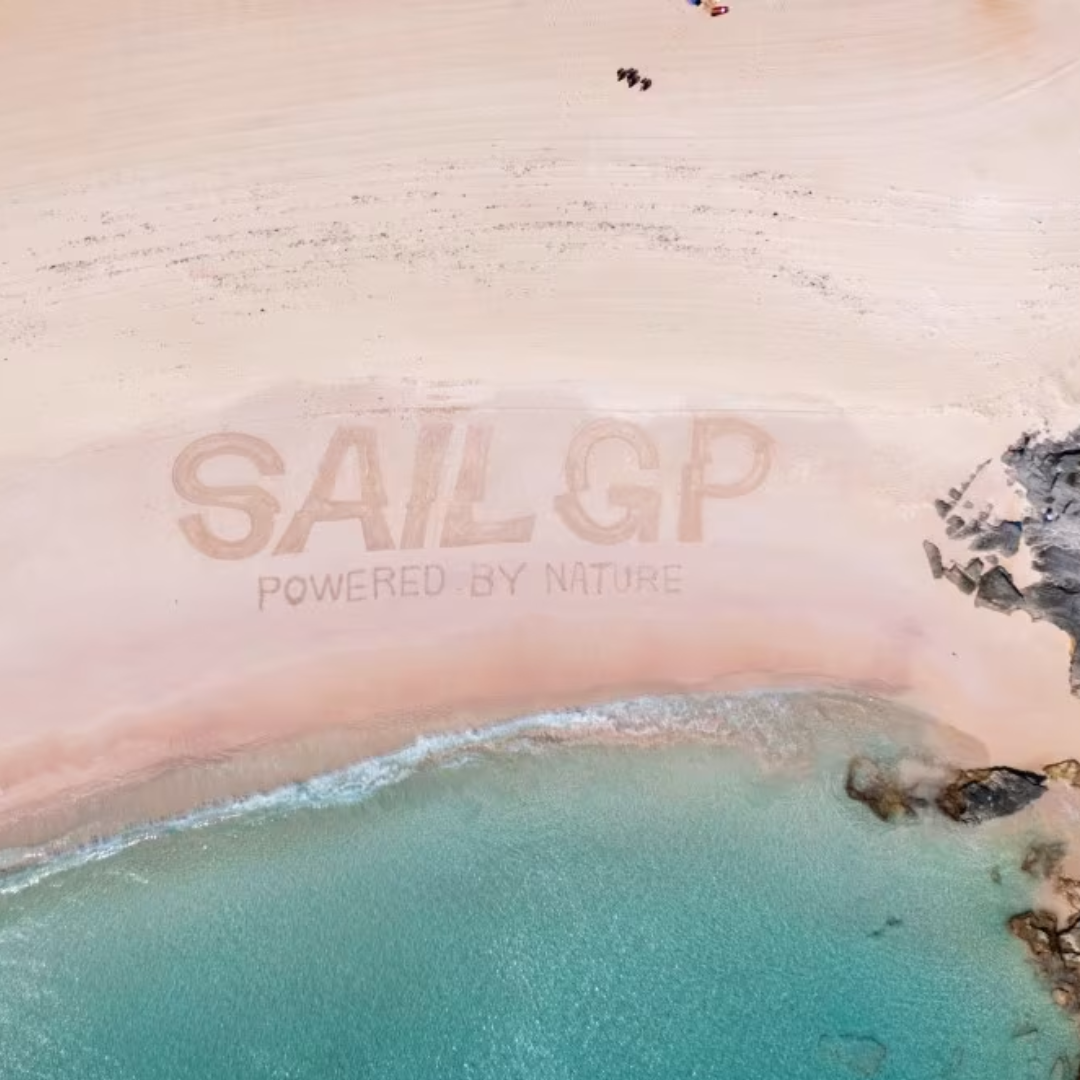What’s Better Than Climate Action? Nature-Based Climate Action
By Faye O’Connor, VP and Ambassador for Nature-Based Solutions at One Carbon World
 Watch Video
Watch Video.png)
There’s been a lot of talk at COP30 in Belém about the need to talk less and take more climate action. Rightly so – despite the pledges, promises, innovation, and collaboration, the next few years will be critical if we are to accelerate and scale efforts to prevent dangerous climate change. All while safeguarding the economic needs of our people and addressing the climate impacts already unfolding today
.
Sounds like a tall order? That’s why the renewed focus on nature-based solutions here in Belém has been so heartening.
Because climate action grounded in nature brings multiple, mutually reinforcing benefits. I’ve heard how protecting biodiversity directly supports adaptation goals, strengthens supply chain resilience, improves environmental impact management, and informs long-term climate planning. I’ve heard how big actors like the Asian Development Bank have launched a biodiversity bond which brings both financial and environmental returns and how mangrove restoration is offering communities in Brunei and Singapore a triple win of mitigation, adaptation, and economic gains, thanks in part to its thoughtful, community-first design.
If anything, this sweet spot seems even sweeter when we’ve considered sustainable agriculture. From innovation in rice production in India and elsewhere that reduces not only methane emissions, but water use and costs, to converting agricultural waste from an emitting problem waste into marketable biofuels, biochar, or valuable by-products, the potential for scalable impact is clear.
Blended and innovative financing options are crucial to supporting this transition, and the options there are growing. I’ve taken notes on various PPP initiatives across a range of governments, noting how different models are emerging to meet local needs. On carbon credit projects, generating revenue streams and long-term livelihoods for rural communities. On Brazil’s new ten-year concessional loans that will offer a highly discounted interest rate for farmers demonstrating emissions reductions over the loan period.
Of course, I hope most of you have by now heard about the launch of the groundbreaking TFFF (Tropical Forests Forever Facility). TFFF breaks a number of old (and outdated) development molds. First, it empowers countries to set their own rules (within a framework) for how they will protect their forests. Second, countries can be both investors and recipients: for example, Brazil and Indonesia have already invested in the TFFF, will deliver the action in-country, and will receive financial returns.
Taken together, what’s clear from COP30 in Belém is that solutions exist, innovation is happening, and the pathways for action are widening, but only if we move with urgency and purpose. Nature-based solutions, sustainable agriculture, and blended finance are not isolated interventions; they are interconnected tools that, when combined, can deliver climate, social, and economic benefits at scale.
The challenge ahead is to translate ambition into implementation, to ensure that policies, projects, and partnerships are rooted in integrity, equity, and measurable impact. And while the road is complex, the momentum here, shaped by robust initiatives like TFFF, community-first restoration projects, and creative financing models, offers real cause for optimism. The next few years are decisive, and the imperative is clear: when we know better, we must do better, and we will do so together.

Our Projects

Turning the Tides: How Sail GP is Redefining Climate Leadership in Sports
.png)
Farming for the Future: Sasini's Journey to Net Zero






